Trees are one of nature’s most enduring and adaptable beings, thriving in environments that might seem impossible for life to sustain. From arid deserts to frigid tundras, trees have evolved standout mechanisms to endure the harshest conditions on Earth. By developing unique structural features and physiological processes, trees not only survive but flourish across diverse habitats. In this article, we delve into the fascinating adaptations that allow trees to thrive in the most challenging environments, showing their resilience and vital role in ecosystems worldwide.
Mechanisms of Drought Resistance

Desert environments, with their scorching temperatures and scarce water supply, are unforgiving landscapes. Yet, trees like the Mesquite or Acacia have managed to conquer these arid conditions. Their secret lies in deep root systems that extend far below the surface, tapping into underground water reserves. Additionally, some trees can shed their leaves during extreme drought, reducing water loss through transpiration.
Surviving in Cold Climates
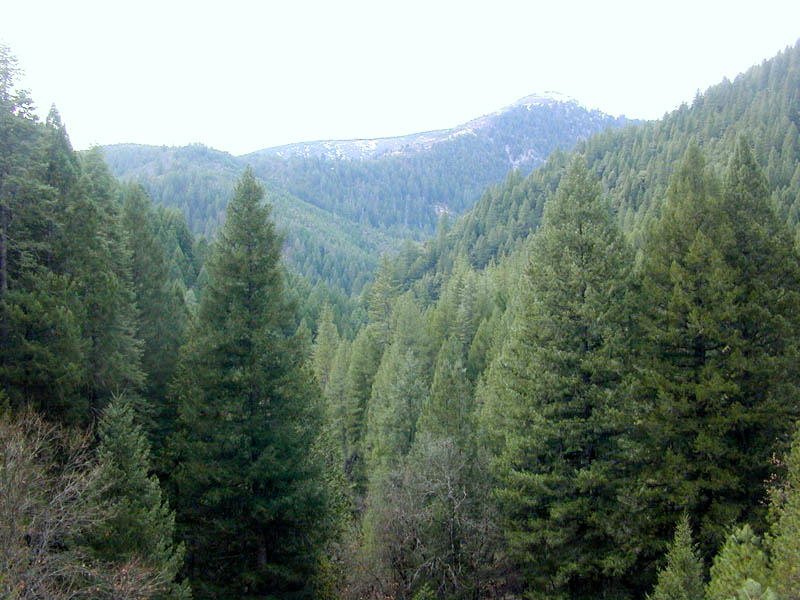
In contrast to desert heat, trees in frigid environments have devised ways to endure biting cold and snow. The coniferous trees of boreal forests, for instance, boast needle-shaped leaves coated with wax to minimize water loss. Meanwhile, their conical form helps snow slide off, preventing branches from breaking under the weight. Antifreeze-like chemicals in their sap also prevent freezing.
Salt Tolerance in Coastal Areas

For trees in coastal regions, salt in the environment can be a significant challenge. Species such as mangroves have specialized root structures called pneumatophores that allow them to breathe in saline waters. Some trees also excrete excess salt through their leaves, maintaining a balance within their system to cope with this otherwise destructive mineral.
Fire Resistance Strategies
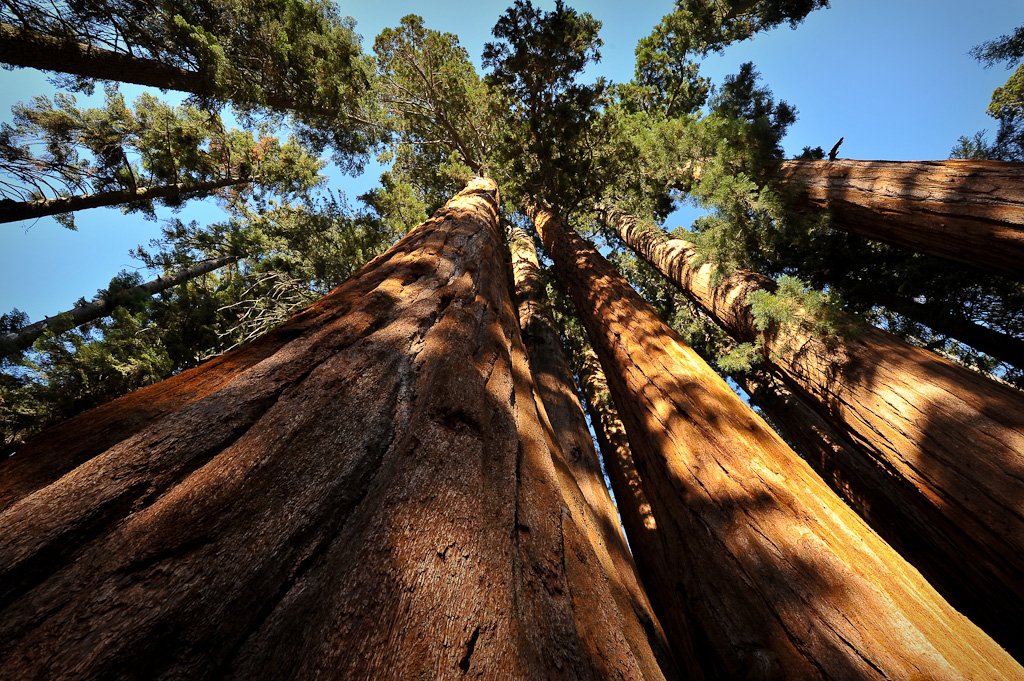
In regions where wildfires are common, certain tree species have developed remarkable adaptations to withstand intense heat. The thick bark of giant sequoias, for example, insulates vital cambium tissue from fire damage, while the serotinous cones of lodgepole pines only open to release seeds in response to high temperatures, ensuring regeneration even after a blaze.
Adaptations to Poor Nutrient Soils
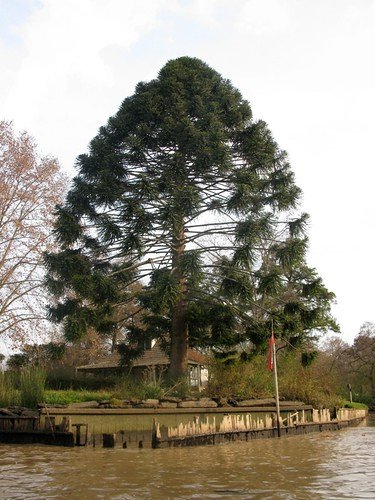
Trees like the Bunya pine can thrive in nutrient-poor soils thanks to symbiotic relationships with fungi called mycorrhizae. These fungi extend the tree’s root systems, increasing their nutrient uptake from the soil. Additionally, trees may adapt by growing slower or developing extensive root networks to maximize resource extraction.
Wind Resistance
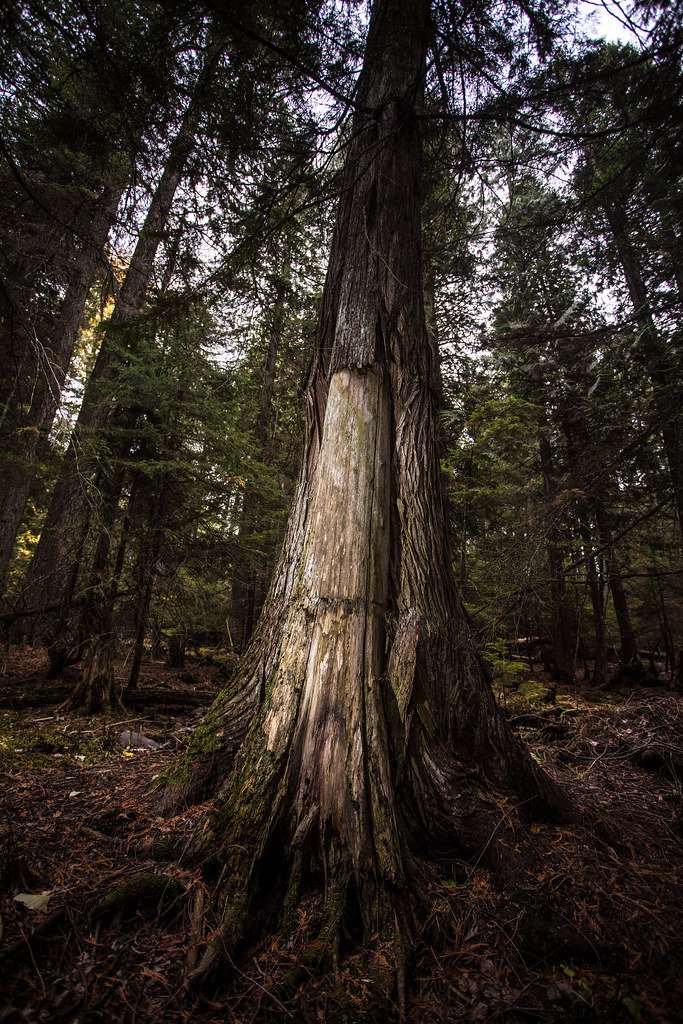
In windy environments, such as coastal cliffs or high altitudes, trees like cedars develop flexible trunks and deep anchoring roots. This structural adaptation allows them to sway with strong winds without snapping, while also anchoring them securely to prevent uprooting.
Thriving in Flood Prone Areas
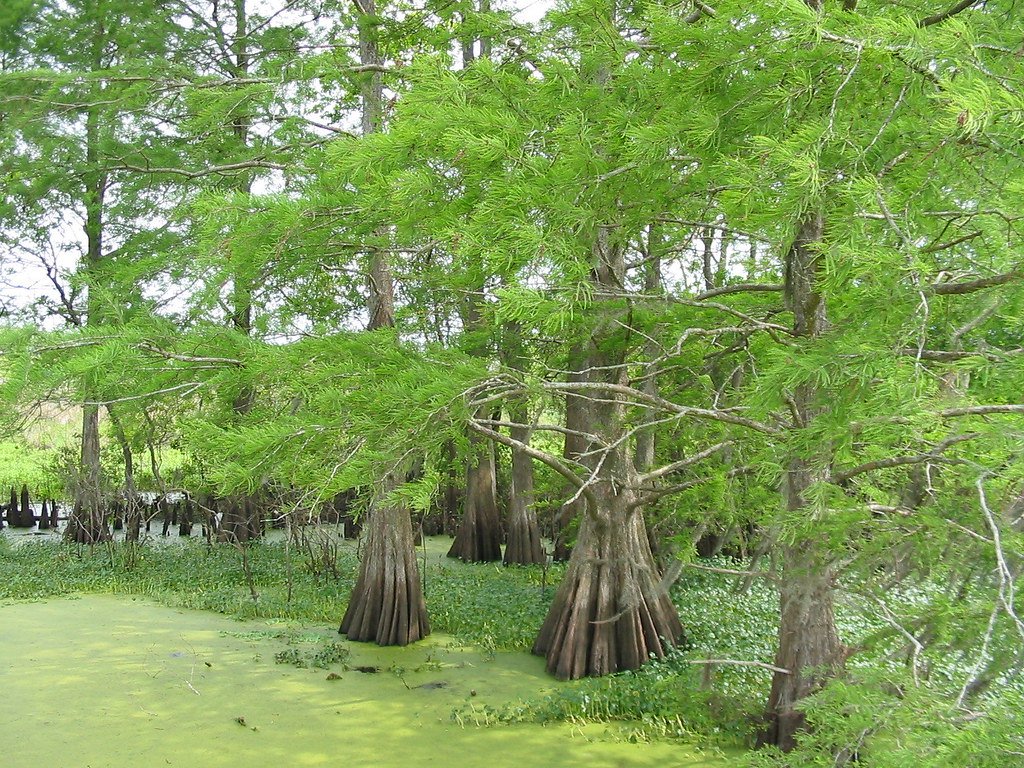
Flood tolerant species, such as cypress trees, have evolved buttressed trunks and aerial roots to support themselves in waterlogged soils. These adaptations help them access oxygen even when submerged, ensuring survival during prolonged floods.
Coping with Nutrient-Rich Soils
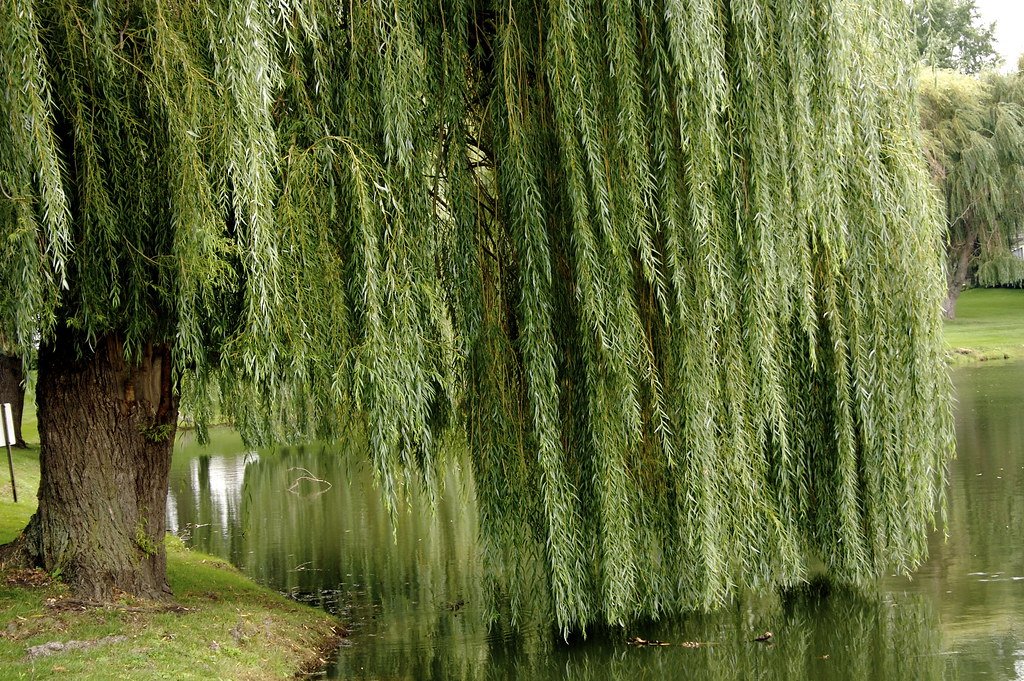
Paradoxically, abundant nutrient environments may require adaptation too. Fast-growing trees such as willows and poplars can outcompete others for resources owing to their rapid growth rates, which take advantage of high nutrient and sunlight availability.
Longterm Environmental Resilience
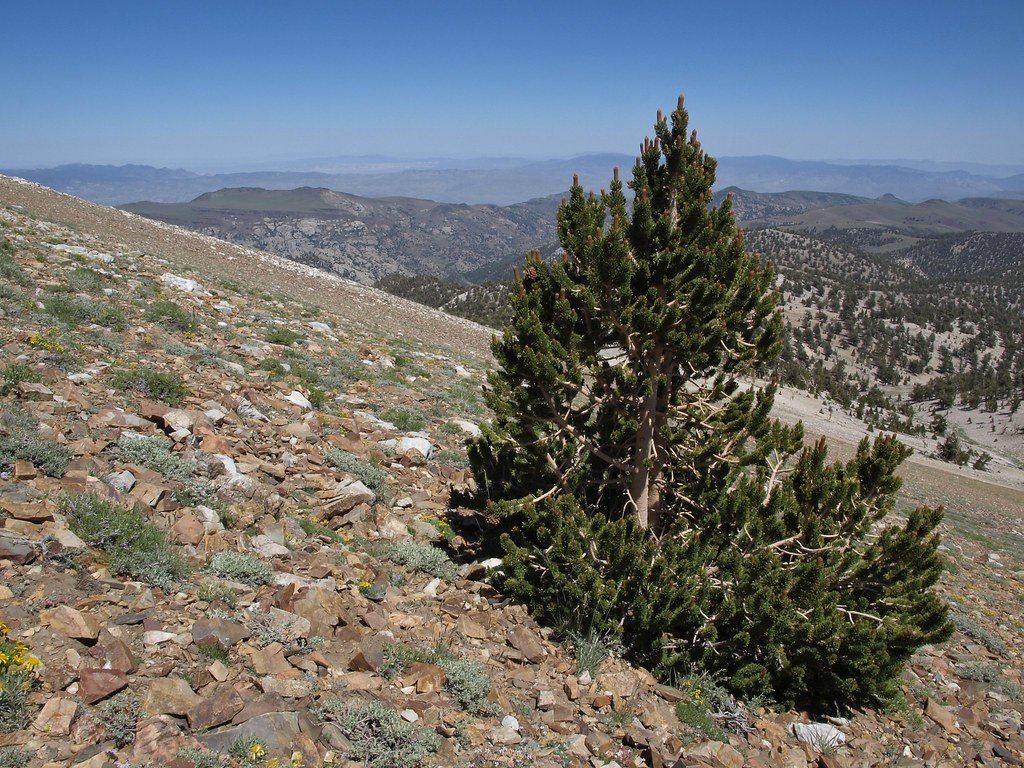
Trees like the Bristlecone pine exemplify resilience over millennia, with some specimens living for thousands of years. Their slow growth rate, dense wood, and ability to survive in nutrient-poor conditions are key to their longevity and survival.
Conclusion: The Unyielding Spirit of Trees

Trees showcase an extraordinary ability to adapt and thrive across a multitude of hostile environments, from deserts and tundras to flood-prone and nutrient-poor areas. Through an array of ingenious adaptations, they not only survive but play critical ecological roles, sustaining wildlife and balancing oxygen levels across the globe. Understanding the resilience mechanisms of trees bears testament to the adaptability of life on Earth, serving as a reminder of the intricate connections within ecosystems and the importance of preserving these natural marvels.


